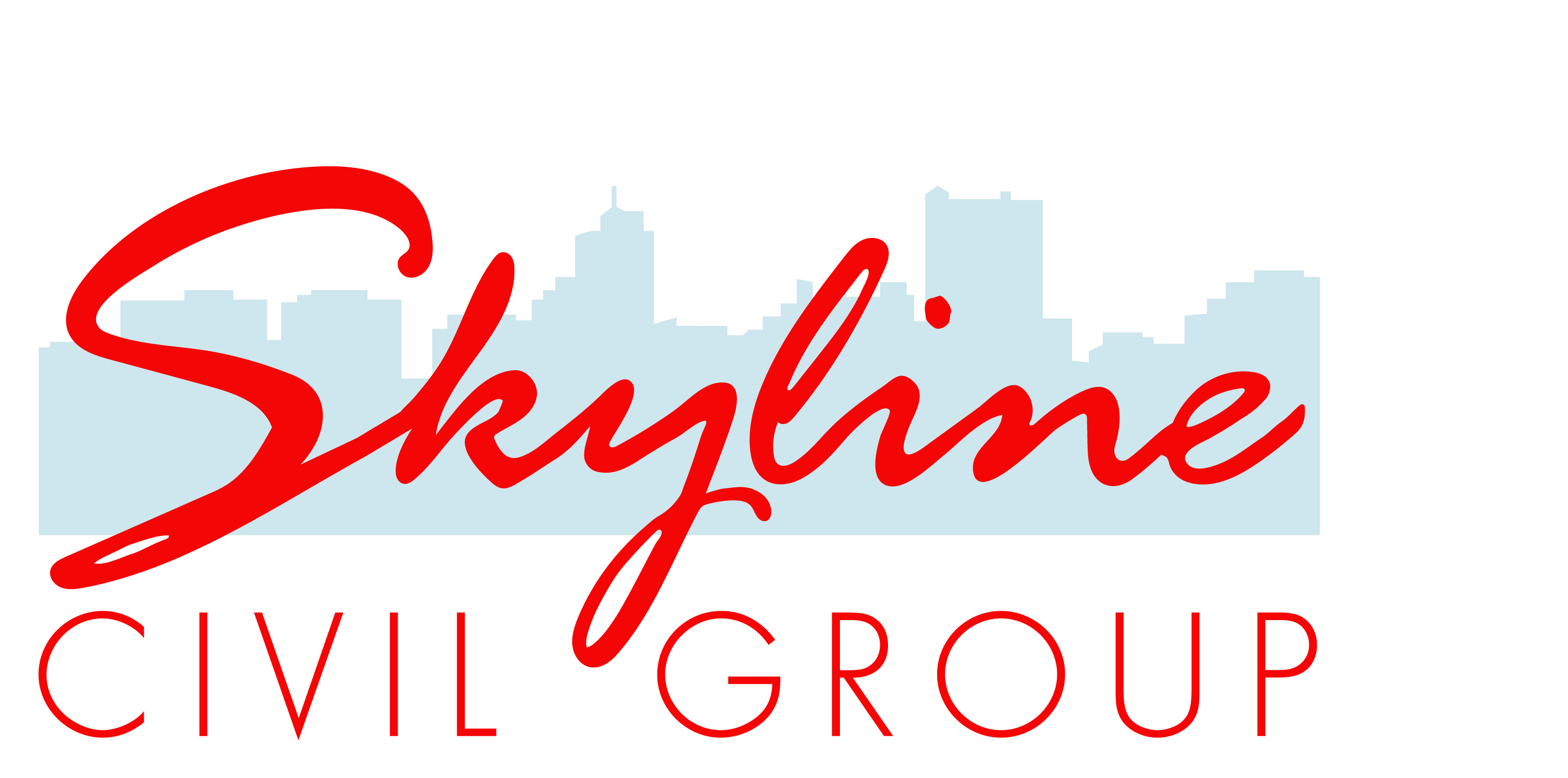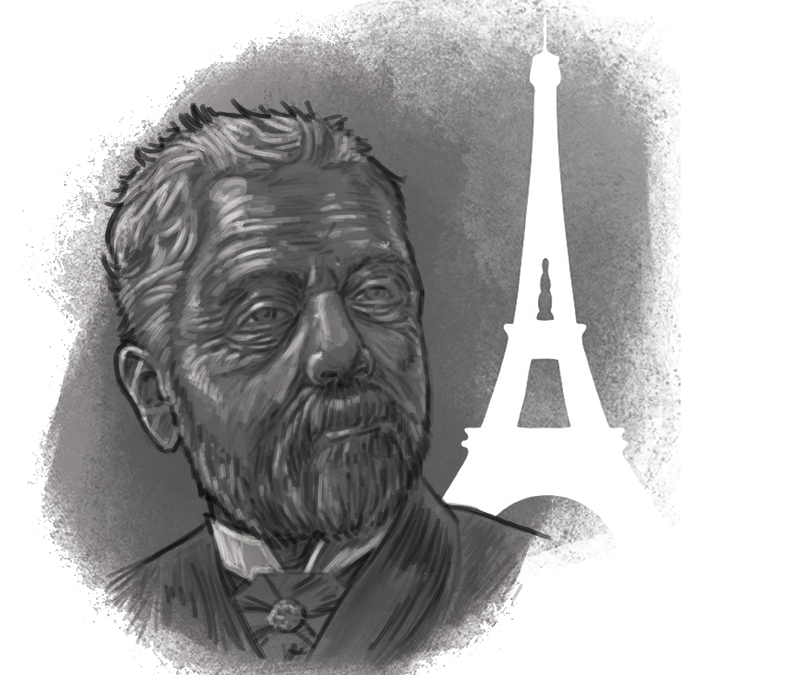Gustave Eiffel: A Towering Engineering Talent
Alexandre Gustave Eiffel was born Alexandre Gustave Bonickhausen dit Eiffel on December 15th, 1832 to a family of German immigrants. His family adopted the name of Eiffel for the Eifel Mountains in the region of Germany from which they came from.
Eiffel is probably one of the best known civil engineers in the world, most famous for the tower that bears his name, but his career began much earlier. Eiffel attended one of the most prestigious engineering colleges in France, École Centrale des Arts et Manufactures, where he graduated with a ranking of 13th place out of 80 students in 1855. Upon graduating, Eiffel had originally hoped to work in his uncle’s workshop in Dijon, an opportunity that fell through due to a family dispute. After a few months working as an unpaid assistant at his bother-in-law’s foundry, he got his first paid job working as the private secretary for the railway engineer Charles Nepveu. Only a little while after he was hired, however, Nepveu’s went bankrupt, despite this Nepveu managed to get Eiffel a job designing a 22 meter bridge for the Saint Germaine railway.
He later partnered with fellow École Centrale graduate Théophile Seyrig to form the company Eiffel et Cie. Between 1868 and 1879 the company took on numerous jobs around the world, until his partnership was dissolved and it was renamed Compagnie des Établissements Eiffe. Also in 1979 Eiffel began work on a system of standardized prefabricated bridges, a system that used a small number of standard components that could be easily moved to areas without reliable roadways, because they were also put together with bolts and not rivets they could be built for less money with less of a requirement of skilled labor on site.
In 1881 Eiffel was contracted to work on the Statue of Liberty by Auguste Batholdi. Eiffel took over designing the interior structure of the statue after Eugene Viollet-Le-Duc, who had passed away in 1879.
As I said Eiffel is probably most known for The Eiffel tower, but in truth the idea did not originate with him, it started with Maurice Koechlin and Emile Nouguier, while they were discussing ideas for the centerpiece of the 1889 World’s Fair. Eiffel himself was not really all that interested in the project when he first heard of its proposal. After further study was done on the project Eiffel read a paper on the tower to the Société des Ingénieurs Civils in March of 1885. He finished his talk on the tower by saying that it would stand for:
“not only the art of the modern engineer, but also the century of Industry and Science in which we are living, and for which the way was prepared by the great scientific movement of the eighteenth century and by the Revolution of 1789, to which this monument will be built as an expression of France’s gratitude.”
Despite his reputation taking a hit in 1893 because of his involvement in a failed contract to build a canal across the Panama Isthmus, he continued to work well into his later life, passing away in his mansion while listening to Beethoven’s 5th in 1923 at the age of 91, leaving a mark on the world that few others have in the last 2 centuries, his works are not only definitive of the time he lived in, they have gone on to become symbols of French national identity. He was an architectural genius and his work will most likely stand for generations to come.

